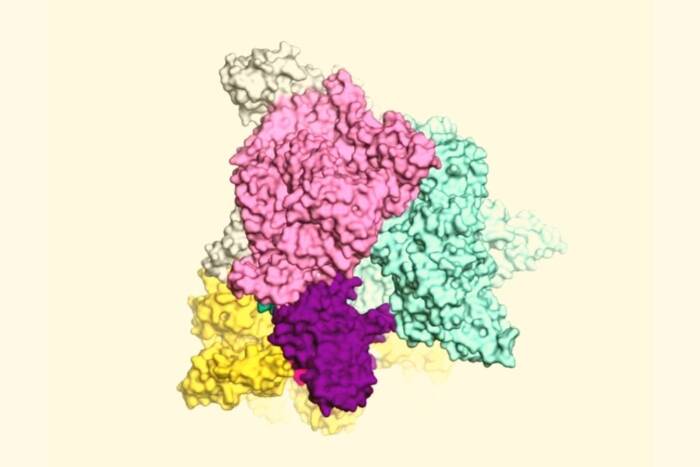Newest addition to Rockefeller faculty studies how cellular metabolism contributes to disease
The most recent addition to Rockefeller’s tenure-track faculty, Kivanç Birsoy, studies the changes in cellular metabolism that occur in disease, including cancer. Currently a postdoc at MIT’s Whitehead Institute for Biomedical Research, Birsoy will relocate to Rockefeller in January and establish the Laboratory of Metabolic Regulation and Genetics.
“The complex metabolic pathways by which cells process nutrients have been well mapped at this point. However, little is known about how cells regulate their metabolism so as to adapt to environmental and genetic changes,” Birsoy says. “By exploring this form of regulation, ultimately, I hope to develop therapies for diseases involving alterations to metabolism.”
A native of Turkey and a Rockefeller alumnus, Birsoy was a Ph.D. student in Jeffrey Friedman’s lab, where he made a number of fundamental discoveries about fat cells. As a postdoc, his interest shifted to cancer, and, in order to study the metabolism of tumor cells, he designed and used new tools, including an instrument for mimicking the nutrient-deprived environment within some tumors.

Kivanç Birsoy
Upon returning to Rockefeller, he will continue working on cancer, as well as two other categories of diseases: mitochondrial disorders and metabolic disorders arising from genetic errors. He plans to use a combination of metabolomics and genetic tools, such as CRISPR-Cas9 genome editing technology, to examine how cells regulate their metabolism in disease conditions.
Because tumors are often cut off from an organism’s blood supply, cancer cells frequently lack the nutrients available to normal cells, and must alter their metabolism in order to proliferate. In some cases, they become dependent on certain nutrients that other cells are capable of manufacturing. As a postdoc, Birsoy’s work on cancer cells’ sensitivity to glucose led to the finding that certain genetic mutations can render cancer cells vulnerable to drugs known as biguanides, which are used to treat diabetes. He plans to build on this work by mapping out cancer cell dependencies on other nutrients, such as amino acids and lipids, while simultaneously looking for opportunities to exploit them for cancer therapy.
Birsoy’s second areas of focus, mitochondrial disorders, occur when these energy-generating organelles within cells don’t work properly, a situation which may affect multiple systems within the body producing neurological and muscular problems. Current treatments are largely limited to managing the symptoms, rather than addressing the cause of the disease. Birsoy plans to investigate how specific mitochondrial dysfunctions affect cellular metabolism, and so produce various symptoms.
The third area of focus for the Birsoy lab will be rare genetic disorders that result in metabolic errors, in which metabolites accumulate to toxic levels. In organic acidurias, for example, patients are unable to break down amino acids, which build up in blood and are excreted in urine. These conditions can produce symptoms such as neurological damage, developmental delay, lethargy, and vomiting, and can lead to death. Birsoy aims to better understand the mechanisms by which metabolites such as amino acids and lipids damage specific organs.
“By using genetic tools to address biochemical questions within cells, Kivanc brings with him a unique perspective on metabolism. And I believe his work will not only reveal important aspects of the basic biology of metabolism, it will also improve patients’ lives,” says Marc Tessier-Lavigne. “It is fantastic news that our community will once again benefit from Kivanç’s intelligence and enthusiasm, and I look forward to watching his important work unfold.”
Birsoy found himself drawn to cellular metabolism because it represents a tractable, yet expansive, problem. “I feel like I will never run out of questions because there are many disorders associated with errors in metabolism, and many metabolites and many nutrients involved,” he says. “Ultimately, I hope to translate my work to the level of the whole organism and to develop nutritional therapies for metabolic disorders. But the first step will be to understand how metabolism within the cell is affected in these conditions.”


